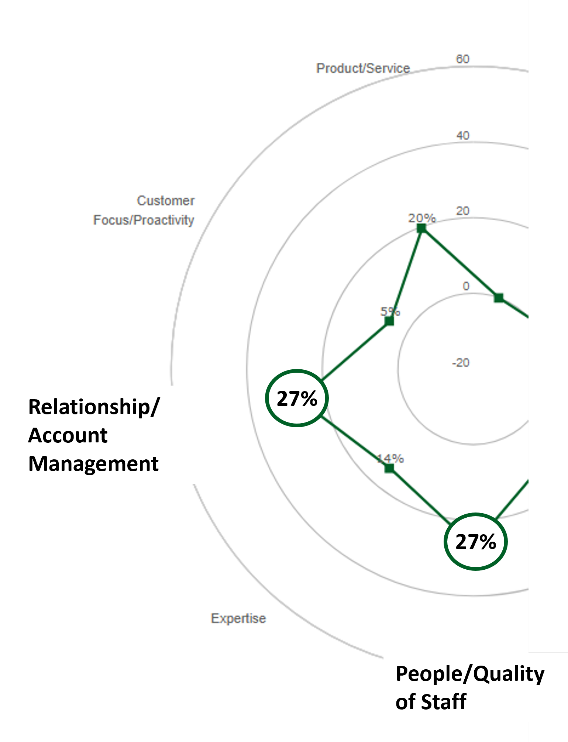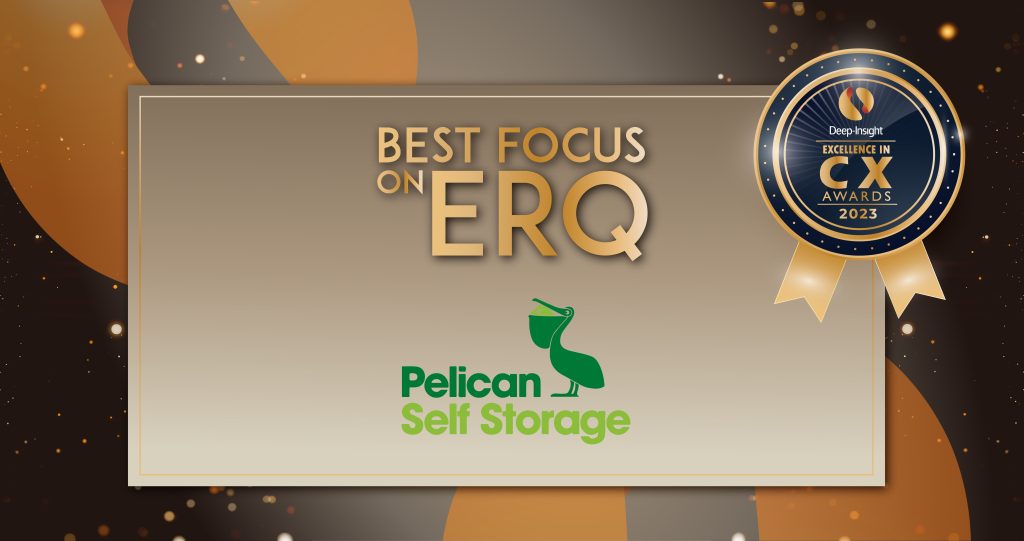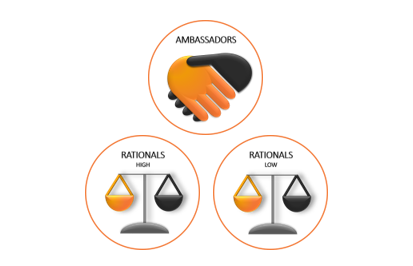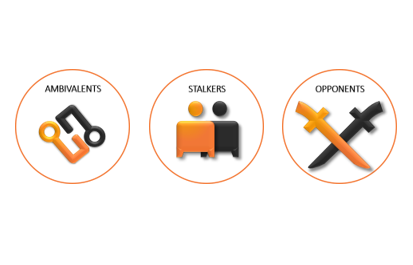Vreugdenhil Dairy Foods wins “Best CRQ Communications” Award for 2024
Vreugdenhil conducted its first Customer Relationship Quality (CRQ) assessment in 2022, impressing us with their smooth adoption of the CRQ process, as if it had been a long-standing practice.
What stood out most was their commitment from the outset. They dived into the process with enthusiasm and maintained a strong momentum throughout all the phases of the CRQ process.
In 2022, strong client relationships were identified as a key strength. Determined to build on this foundation, Vreugdenhil developed an internal training programme for all colleagues who have contact with customers, to enhance their client communication skills. They employed a variety of creative formats like interactive training sessions customised for different departments.
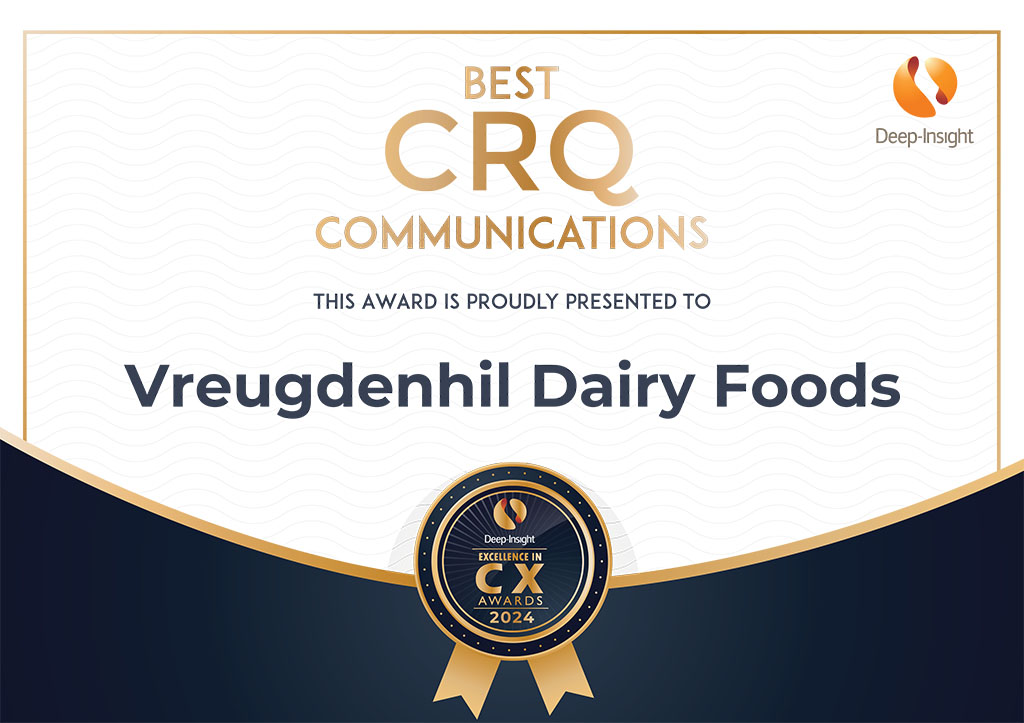
These ‘customer contact training’ sessions emphasized proactive client engagement and addressed the nuances of dealing with different customer types.
We recognise these practices as ‘best-in-class’ in the communications area. It’s no surprise that communication emerged as a standout strength in the 2024 CRQ assessment.
Not only was Vreugdenhil diligent in following up with internal communications and training, during the most recent 2024 CRQ assessment they again displayed their strengths in this area. They have an ability to connect with their clients through their personalised communication plans. Their active marketing of the CRQ survey also helps them gain valuable insights from their customer base.
I also need to mention Fabienne Falvay who led the 2024 CRQ project with Vreugdenhil. Here is Fabienne’s view:
“It’s always a joy to work with the Vreugdenhil team, they are all actively involved and love brainstorming new and creative ways to give the survey more attention.
Not only was Vreugdenhil diligent in following up with internal communications and training, during the most recent 2024 CRQ assessment they again displayed their strengths in this area. They have an ability to connect with their clients through their personalised communication plans. Their active marketing of the CRQ survey also helps them gain valuable insights from their customer base.
The video on past results was fantastic and this year we’ve seen even more creativity from them in the form of banners raising awareness for the upcoming programme. I cannot wait to see what is next for them, I am sure it will be great!”
Working with the team in Vreugdenhil, namely Leonie, Erik and Jeroen was a pleasure! They embraced the CRQ process and made it a strong strategic initiative in Vreugdenhil and it showed in their amazing results. I truly think their internal communication activities like sharing the video with past results and raising awareness with the banners for this year’s assessment are best practices! Can’t wait to work with them again!
Alexandra Calugarici

Leonie Soetendaal is a Commercial Project Manager who has been working at Vreugdenhil Dairy Foods for nearly 10 years.
Together with Commercial Director Gerben van Schaik, and colleagues Jeroen de Kunder and Erik Bulthuis, Leonie has been the driving force behind Vreugdenhil’s CX journey since 2022.
Leonie commented on this year’s award:
“At Vreugdenhil Dairy Foods, we believe in the power of connection and lasting relationships. This award is a wonderful recognition of our commitment to open and meaningful communication with our customers. Together with our partners, we make a difference!”
About Vreugdenhil Dairy Foods
Vreugdenhil is a Dutch family business that has been active in the dairy market since 1954. Every day, we work hard to make all the goodness of milk available to everyone in the world. We specialise in milk powder, with four production locations in the Netherlands. Vreugdenhil Dairy Foods processes more than one billion kilograms of milk per year into thousands of tons of milk powder, which we export to 130 countries worldwide.
Find out more about Vreugdenhil at www.vreugdenhildairyfoods.com.
About Deep-Insight
Deep-Insight is a leading European B2B Customer Experience (CX) company founded in 2000 by a small team of ‘magicians’ with one goal: researching a way to read customers’ minds. Today, Deep-Insight supports customers all over the world with the skills, tools and methodologies to establish and operate world-class Customer Experience (CX) and Employee Experience (EX) programmes.
For more information, go to deep-insight.com or email us at sales@deep-insight.com.


